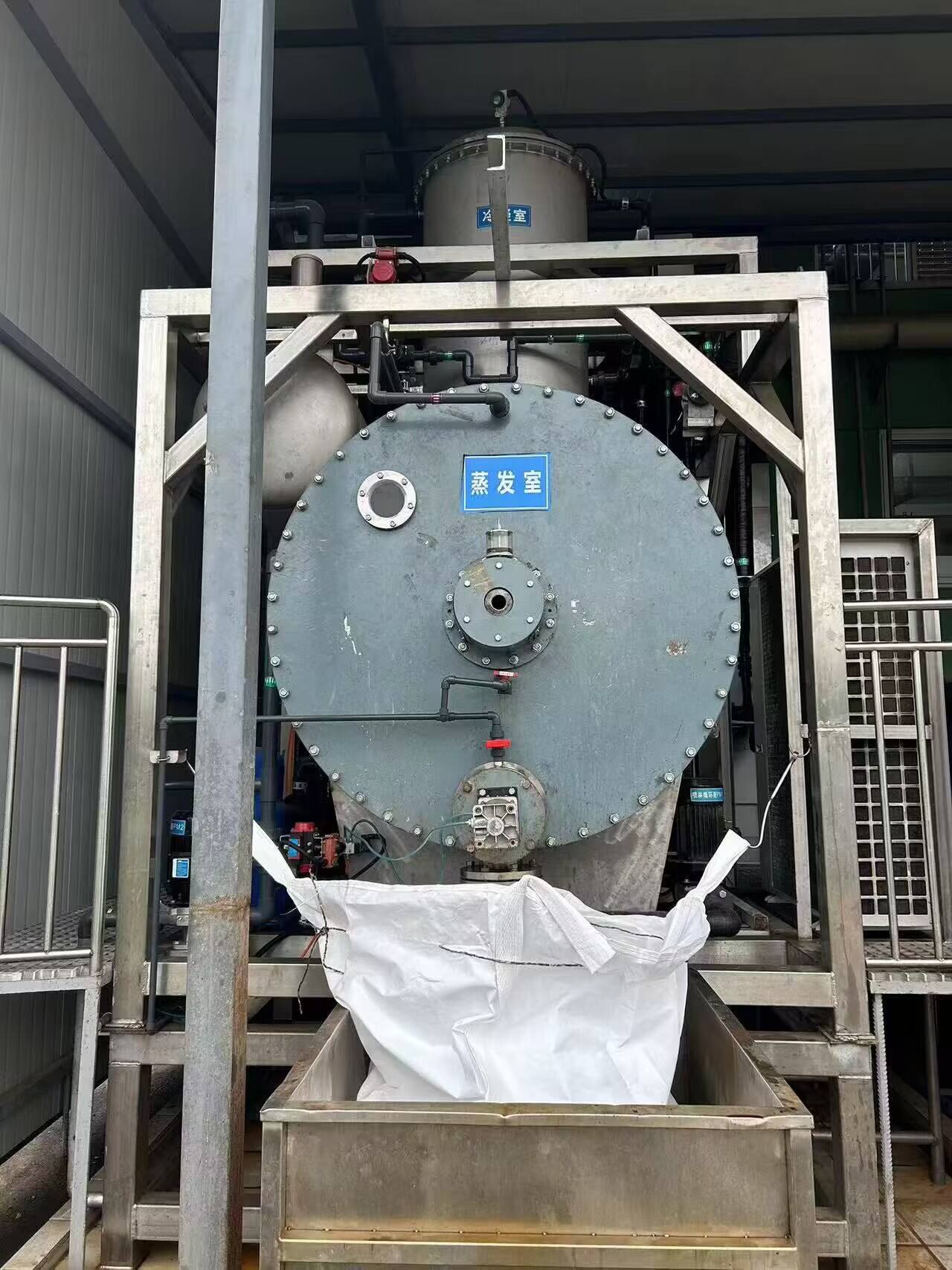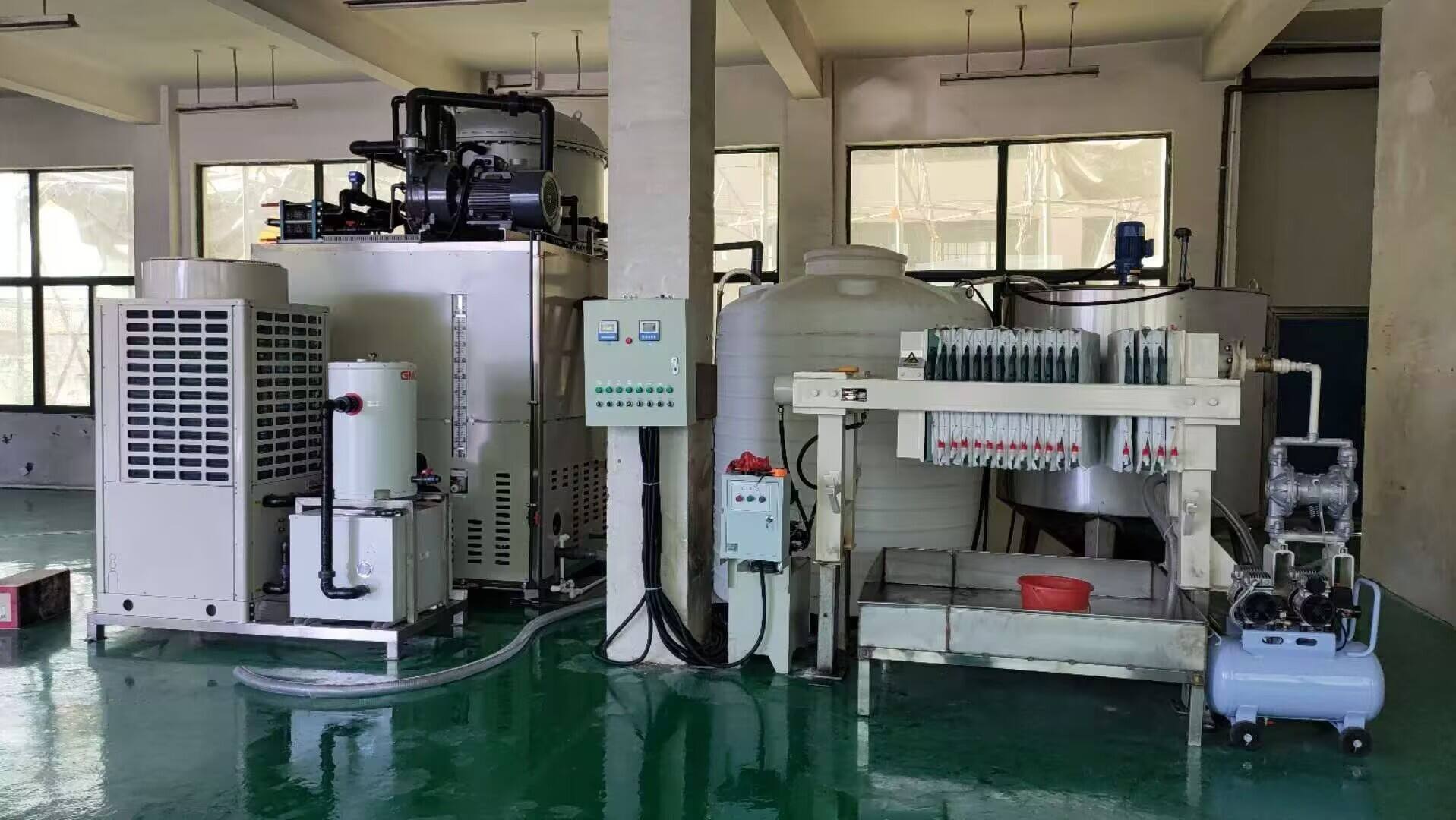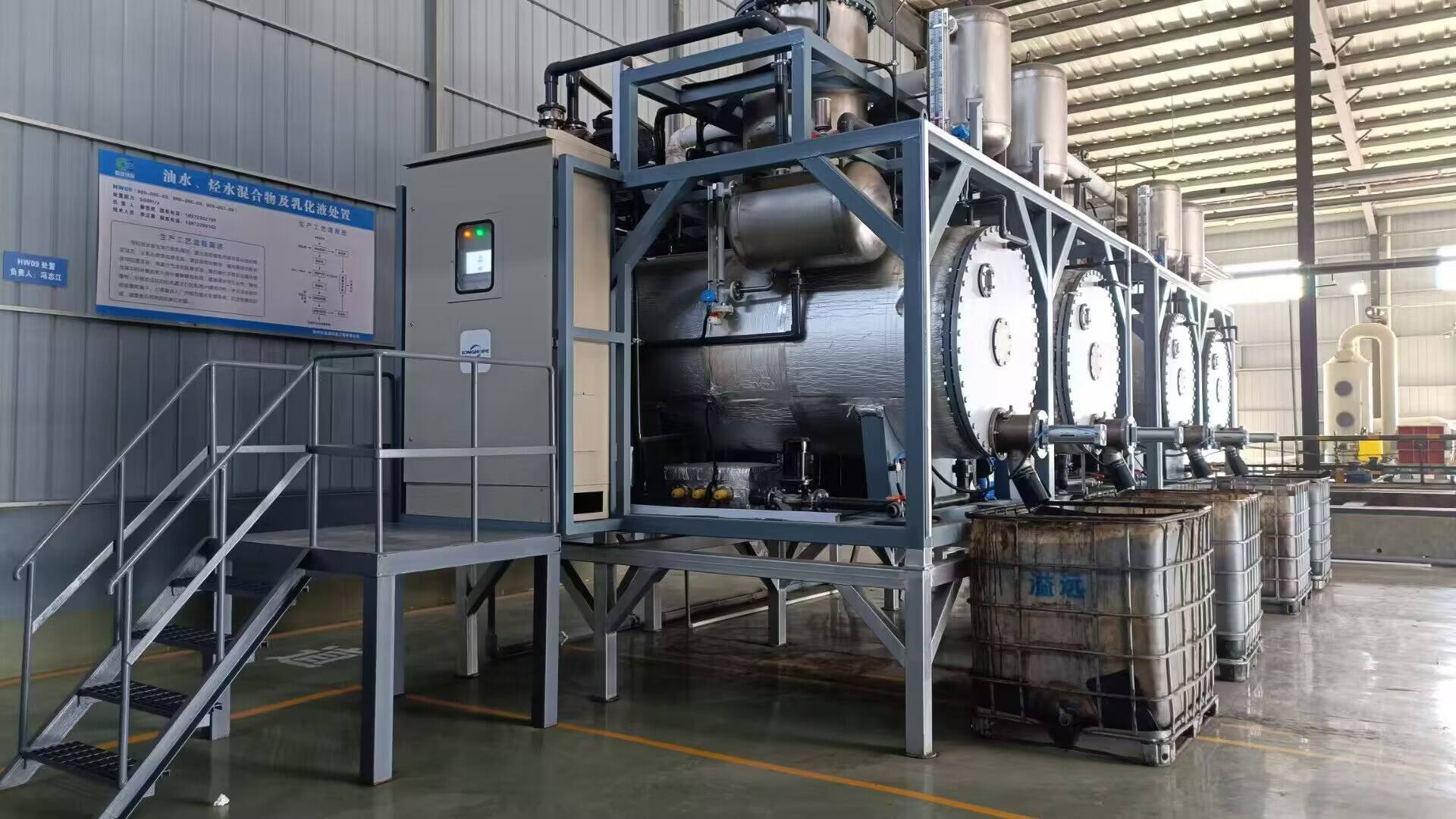wastewater treatment plant for textile industry
A wastewater treatment plant for the textile industry represents a sophisticated system designed to address the unique challenges of textile effluent management. These specialized facilities incorporate multiple treatment stages to handle the complex mix of dyes, chemicals, and organic materials present in textile wastewater. The primary treatment phase begins with screening and sedimentation to remove large particles and suspended solids. This is followed by advanced chemical treatment processes including coagulation and flocculation, which effectively remove coloring agents and dissolved substances. The secondary treatment employs biological processes using specialized bacteria to break down organic contaminants. Advanced oxidation processes and membrane filtration systems are often integrated to ensure thorough purification. The plant typically features automated monitoring systems that continuously assess water quality parameters, ensuring compliance with environmental regulations. Modern facilities also incorporate energy-efficient technologies and resource recovery systems, enabling water reuse and reducing operational costs. The treatment process concludes with a final polishing stage, utilizing activated carbon filtration or reverse osmosis to achieve the required water quality standards for either discharge or recycling back into the production process.


